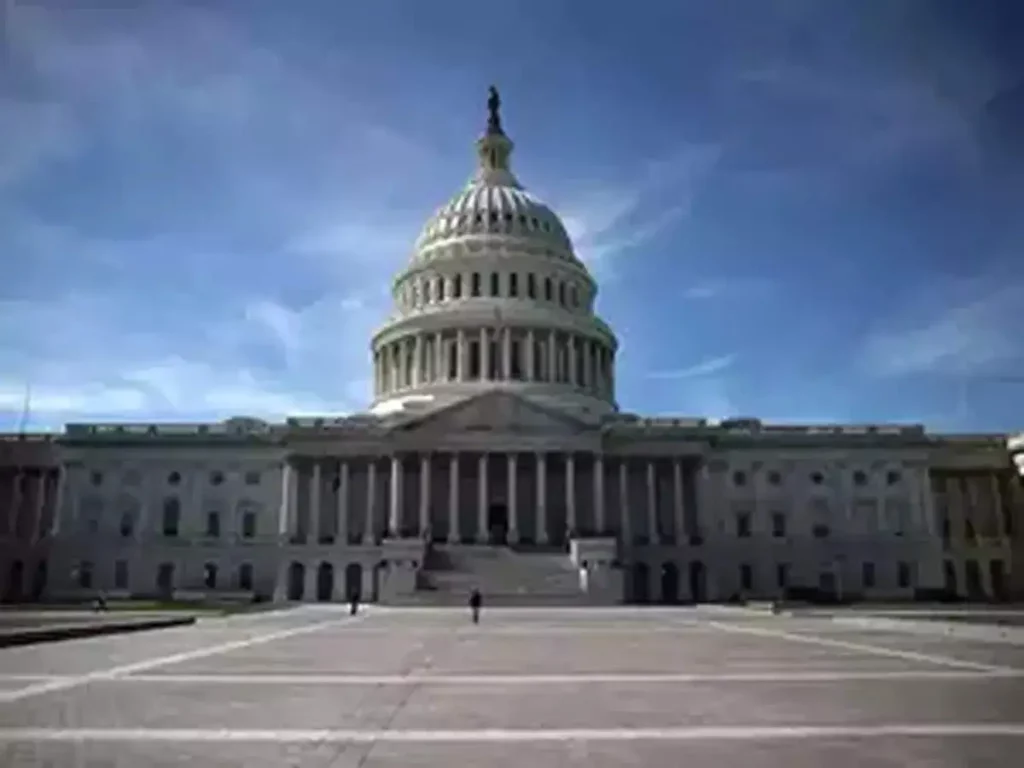By a vote of 314 to 117, the Republican-controlled House of Representatives decided to send the legislation to the Senate. The Senate must now pass the legislation and send it to the desk of President Joe Biden by the Monday deadline, when it is anticipated that the federal government will no longer have enough money to pay its debts.
A plan to suspend the $31.4 trillion debt ceiling was passed by a divided House of Representatives in the United States on Wednesday. The bill received majority support from both Democrats and Republicans, allowing it to overcome opposition led by staunch conservatives and prevent a catastrophic default.

The bill was authorised to be sent to the Senate by a vote of 314 to 117 in the Republican-controlled House of Representatives. The Senate now has until Monday to pass the legislation and submit it to President Joe Biden for signature before the United States federal government runs out of money to pay its debts.
After the vote, Vice President Biden made the following statement: “This agreement is good news for the American people and the American economy.” I beg the Senate to approve this measure as quickly as they can so that I can put my signature on it as soon as it becomes law.
The bill, which was a compromise between House Speaker Kevin McCarthy and Vice President Joe Biden, was opposed by seventy-one conservative Republicans. In a normal situation, this would be sufficient to prevent the passage of partisan legislation; but, the measure received support from 165 Democrats, which is more than the 149 Republicans who voted in favour of it. This allowed it to be passed.
The Republican Party holds a razor-thin majority in the House, which currently stands at 222-213.
The borrowing cap for the federal government will effectively be lifted temporarily thanks to this piece of law, which will remain in effect until January 1, 2025. Because of the schedule, both Biden and Congress will be able to put off dealing with the politically charged issue until after the presidential election in November of 2024.
In addition, it would put some restrictions on government spending over the next two years, speed up the process of approving certain energy projects, recover funds for COVID-19 that was not used, and add additional people to the job criteria for food aid programmes.